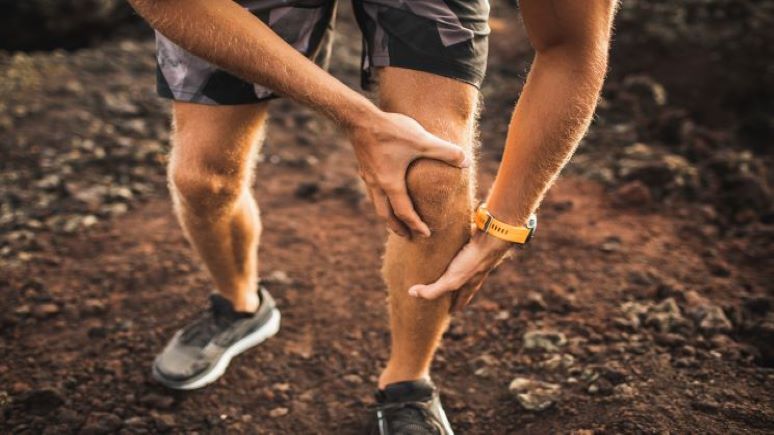Patellar tendinitis is an injury that involves the tendon that connects the patella or kneecap to the bone in the front of the lower leg or the shin. This tendon, along with the muscles in the front portion of the thigh, allows the knee to extend in movements like jumping, kicking, and running.
Patellar tendonitis is sometimes called “jumper’s knee.” It most commonly occurs in athletes playing sports like volleyball and basketball because these activities require frequent jumping. Still, people who don’t participate in athletic activities can also develop patellar tendonitis.
The treatment of patellar tendonitis usually starts with exercises to strengthen and stretch the muscles that help support and move the knee.
Patellar tendonitis causes
Patellar tendinitis is most commonly caused by overuse when the tendon is subjected to repeated stress. Overuse and repetitive stress cause tiny tears to appear in the patellar tendon. The body tries to repair these tears, but as they continue to occur, the tendon weakens. Inflammation is the result of this weakening, and patellar tendonitis is the result of the inflammation. Moreover, if the damage and inflammation persist over a few weeks, a condition called tendinopathy occurs in the tendon.
Patellar tendonitis risk factors
Several factors working together can combine to increase the chances of patellar tendinitis. These can include:
- Physical activity. Jumping and running are the activities most often associated with patellar tendinitis. Suddenly increasing the intensity or frequency of workouts can also contribute to the development of the condition. Another factor contributing to patellar tendonitis can be changing the type of athletic shoes your wear.
- Tight leg muscles. Tight muscles in the fronts or backs of the thigh can contribute to patellar tendonitis. If muscles are tight and tense, increased stress is placed on the tendon.
- Muscle imbalance. Uneven distribution of tension or strength in the leg muscles can cause an uneven pull on the patellar tendon leading to patellar tendinitis.
Prevention of patellar tendonitis
To decrease the risk of patellar tendonitis, remember these precautions:
- Don’t work through the pain. If an activity hurts, stop. Rest and ice the painful area. Don’t resume the activity that caused stress on the knee until it is free from pain.
- Strengthen your thighs. These are the muscles that support your knee and can help prevent patellar tendonitis.
- Improve your form. If you notice repeated aches and pains after activity, consider consulting with a trainer or taking lessons to improve your form. Make sure you’re wearing shoes that fit your sport. Check your equipment to make sure it fits you correctly. You can not avoid all injuries, but sometimes all it takes to prevent patellar tendonitis is a little help from a friend!
Click Here to read about Symptoms.
















Leave a Reply
You must be logged in to post a comment.